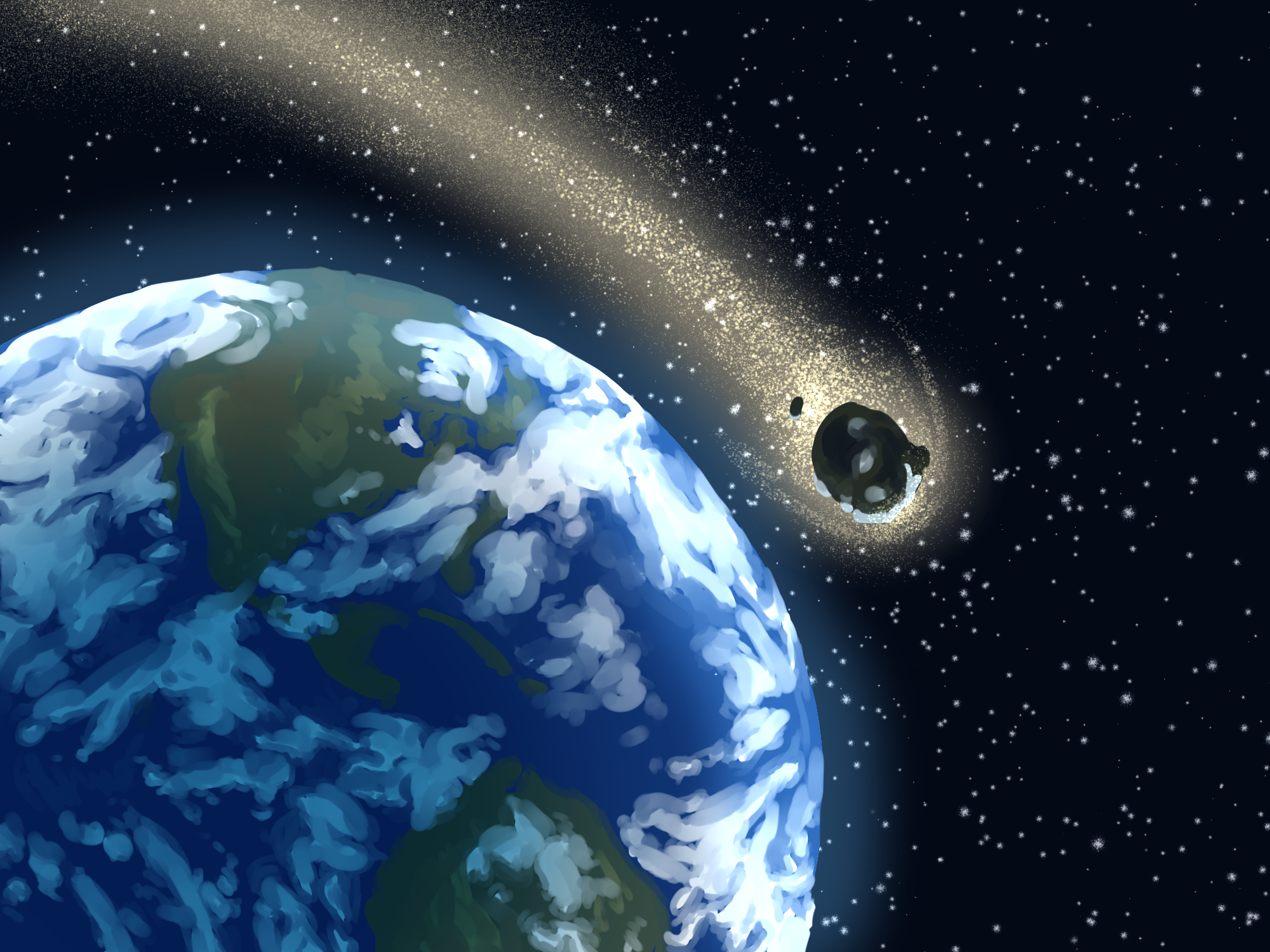Campus Queries: Could asteroid 3200 Phaethon be potentially dangerous?

(Claire Sun/Daily Bruin)
By Raymond Le
Dec. 10, 2017 6:10 p.m.
Campus Queries is a series in which Daily Bruin readers and staff present science-related questions for UCLA professors and experts to answer.
Q: Is 3200 Phaethon potentially hazardous?
A: 3200 Phaethon is the third-largest asteroid ever discovered at approximately five kilometers wide, with an orbit that brings it closer to the sun than any other named asteroid. NASA has labeled the asteroid, which comes closest to Earth every December due to its orbit, potentially hazardous because of its proximity.
David Jewitt, a professor of astronomy who has studied the asteroid since its discovery in 1983, said 3200 Phaethon is not hazardous because, although it comes closest to Earth during December, it will still be 2 million miles from Earth during its orbit.
“It’s not gonna hit us – it presents no threat to us at the moment,” he said. “Various online articles say so, but it’s not going to hit us because it won’t be near Earth.”
However, if the asteroid does hit the Earth, it would cause an event similar to the Cretaceous-Paleogene extinction of the dinosaurs 66 million years ago, releasing large amounts of debris into the atmosphere, he said.
“The debris would fall back down and burn the Earth and pollute the atmosphere, shutting down photosynthesis in all the plants and being disastrous for many species on the Earth,” Jewitt said.
Jewitt said 3200 Phaethon is the only asteroid that can create meteor showers. Most meteor showers are caused by the debris of comets vaporizing due to the sun.
Jewitt found the asteroid releases small particles that produce cometlike meteor showers, which most other asteroids do not produce. 3200 Phaethon most likely produces these small particles, which are each a milliliter in diameter, because it orbits close to the sun, he added.
“We think (3200) Phaethon gets really close to the sun – six times closer than Earth. And when it comes to the sun it gets really hot, (about) 1,000 kelvins,” Jewitt said. “If you heat a rock to 1,000 (kelvins), you can crack the rock, so we think that fracture is why it’s ejecting particles.”


